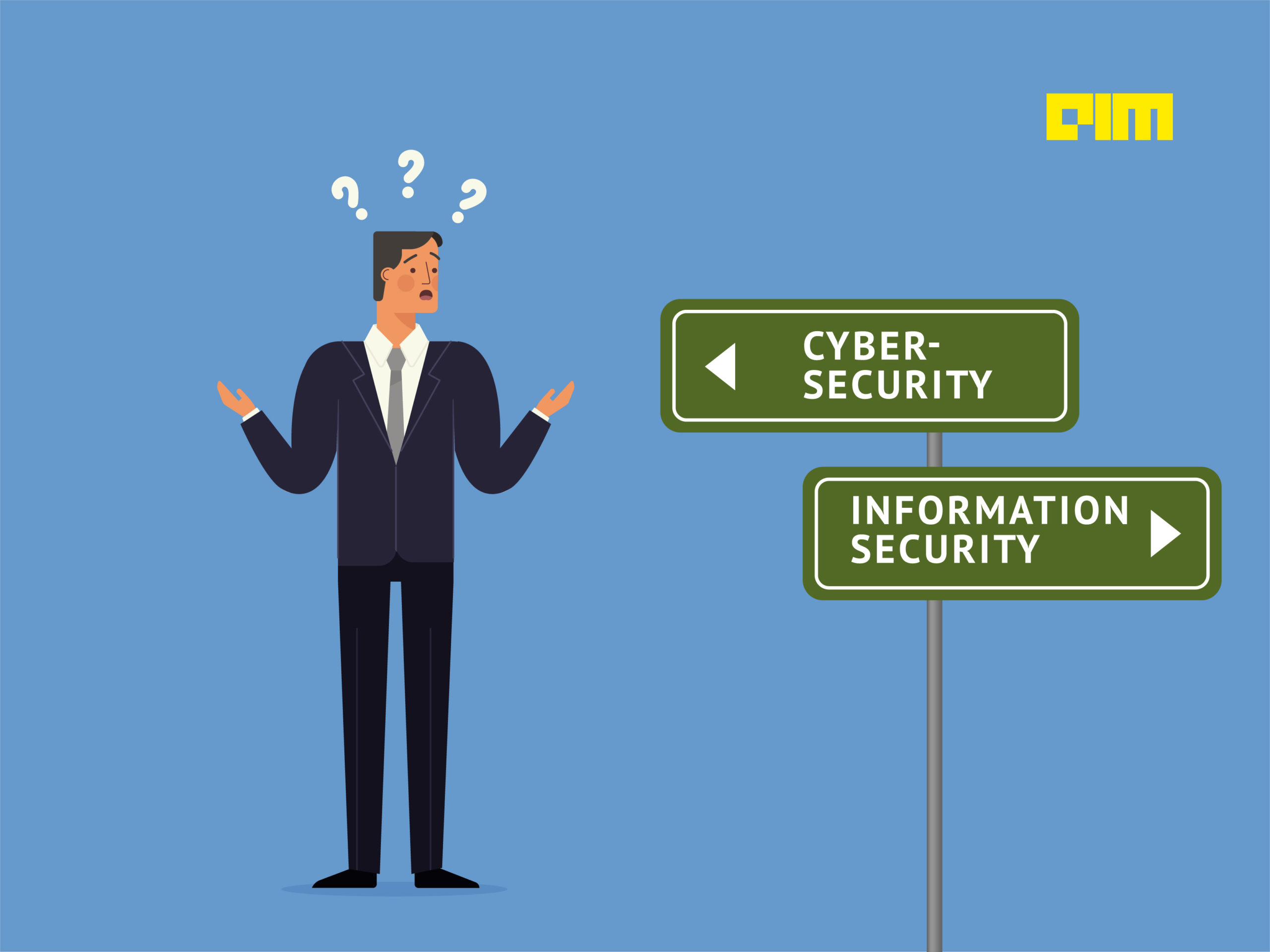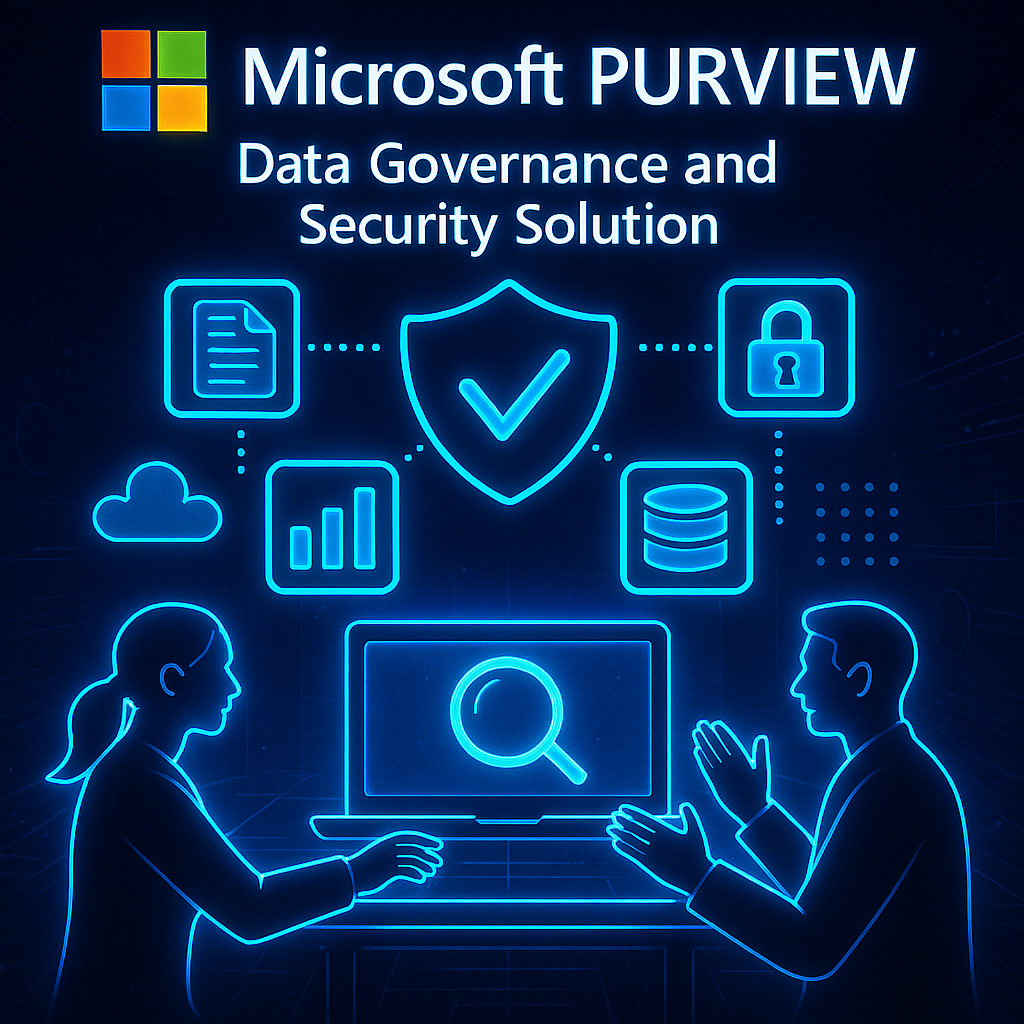
Information security, often referred to as infosec, is the practice of protecting digital information from unauthorized access, use, disclosure, disruption, modification, or destruction. Cybersecurity is a specialized field of infosec that focuses on protecting computer systems, networks, and data from cyber threats such as hacking, malware, ransomware, and phishing.
Here are the key concepts and practices that you need to know in order to understand infosec and cybersecurity:
1. Confidentiality: This refers to the protection of sensitive information from being accessed by unauthorized individuals. Encryption, password-protected files, and access controls are examples of confidentiality measures.
2. Integrity: This refers to the protection of the accuracy and completeness of digital information. Data validation, backup and recovery, and version control are examples of integrity measures.
3. Availability: This refers to the assurance that digital information is accessible by authorized individuals when needed. Redundancy, disaster recovery, and backup power supplies are examples of availability measures.
4. Risk Management: This involves identifying, assessing, and prioritizing cyber risks to minimize their impact on the organization. A risk management plan should be developed and regularly reviewed.
5. Compliance: Organizations are required to comply with various legal and regulatory requirements related to infosec and cybersecurity. Compliance measures include policies, procedures, training, and audits.
6. Security Standards: Standardized frameworks and guidelines exist to help organizations establish and maintain infosec and cybersecurity practices. Examples include ISO 27001, NIST Cybersecurity Framework, and PCI DSS.
To get started with infosec and cybersecurity, here are some practical steps you can take:
1. Assess your current security posture: Conduct a thorough assessment of your organization’s current security measures and identify areas for improvement.
2. Develop security policies and procedures: Establish written security policies and procedures that outline acceptable use of digital resources, password policies, and incident response plan.
3. Train and educate your workforce: Provide regular training and education to your employees on how to identify and prevent cyber threats.
4. Use security technologies and tools: Implement security technologies such as firewalls, antivirus software, and intrusion detection systems to protect your systems and networks.
5. Regularly review and test your security measures: Regularly test and review your security measures to ensure they are effective and up to date.
By following these steps and understanding the basic concepts and practices of infosec and cybersecurity, you can protect your organization from cyber threats and ensure the integrity, confidentiality, and availability of your digital information.




